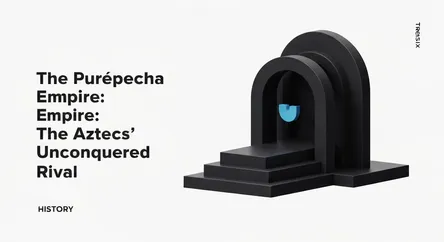History
The Purépecha Empire: The Aztecs' Unconquered Rival

Explore the powerful Purépecha Empire, the formidable Mesoamerican civilization that successfully resisted Aztec conquest through advanced metallurgy.
What is it?
The Purépecha Empire, also called the Tarascan Empire, was a major pre-Columbian civilization located in the modern-day Mexican state of Michoacán. Flourishing from around 1300 to 1530, it was the second-largest empire in Mesoamerica at the time of the Spanish arrival. With its capital at Tzintzuntzan, the empire controlled a vast territory rich in resources. What set the Purépecha apart was their advanced metallurgy; they were among the few Mesoamerican cultures to use metal for tools, weapons, and ornamentation. This technological superiority was a key factor in their military strength.
Why is it trending?
The Purépecha Empire is gaining attention as historians and the public look beyond the more famous Aztec and Maya civilizations. There is growing interest in its status as a powerful, non-Aztec state that not only coexisted with the Aztec Empire but successfully defeated them in battle, blocking their expansion to the northwest. The narrative of a resilient, unconquered kingdom with a unique culture and advanced technology provides a fresh perspective on Mesoamerican history. Renewed archaeological study continues to uncover the complexities of their society.
How does it affect people?
The legacy of the Purépecha Empire endures through its descendants, the Purépecha people, who continue to live in Michoacán. They have preserved many cultural traditions, including their language, distinctive crafts like pottery and coppersmithing, and community celebrations. The empire's history of resistance against both the Aztecs and the Spanish has become a significant source of regional pride and cultural identity. This heritage influences local art, cuisine, and social identity, keeping the history of the ancient empire relevant in the lives of people today.